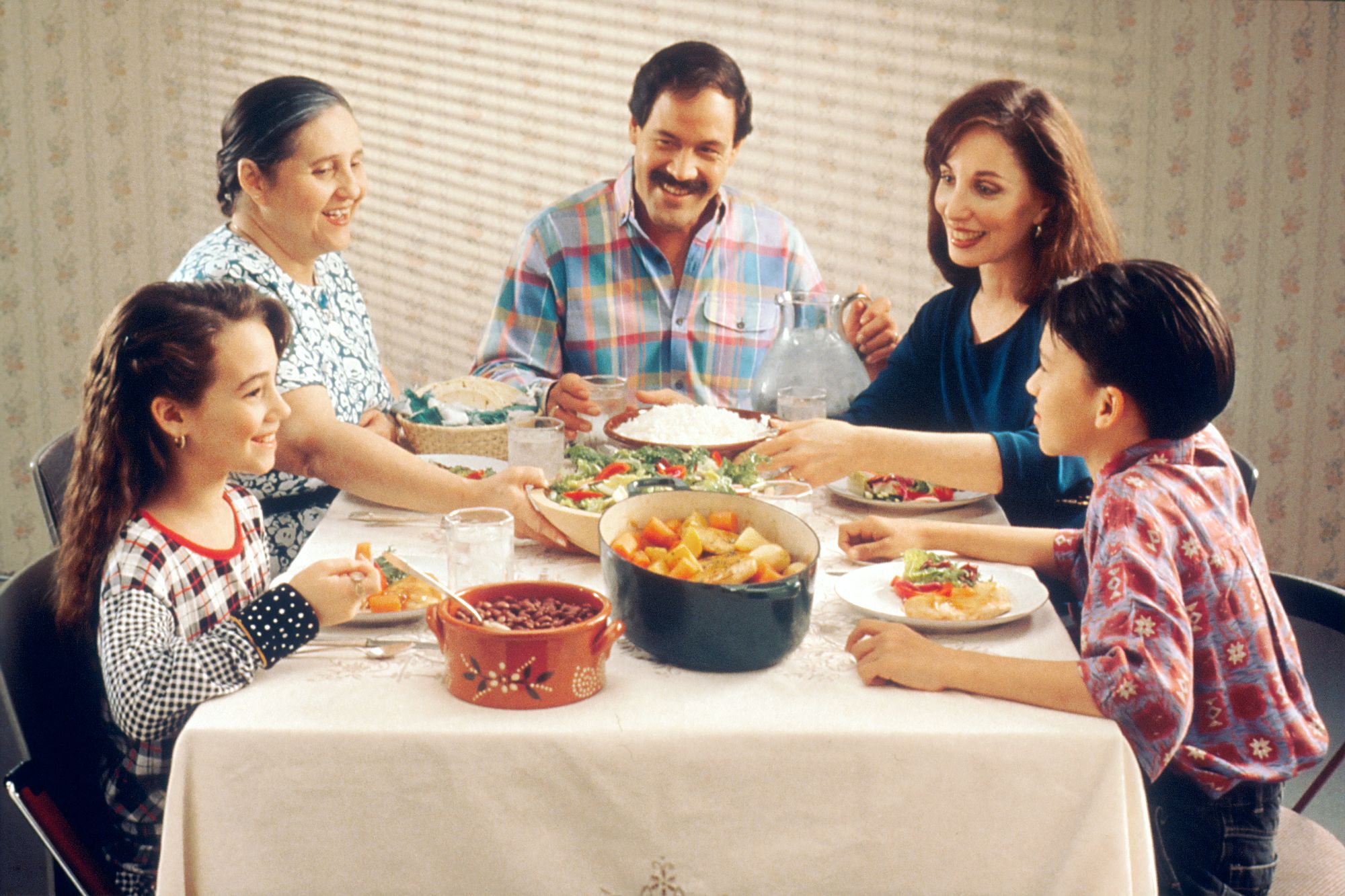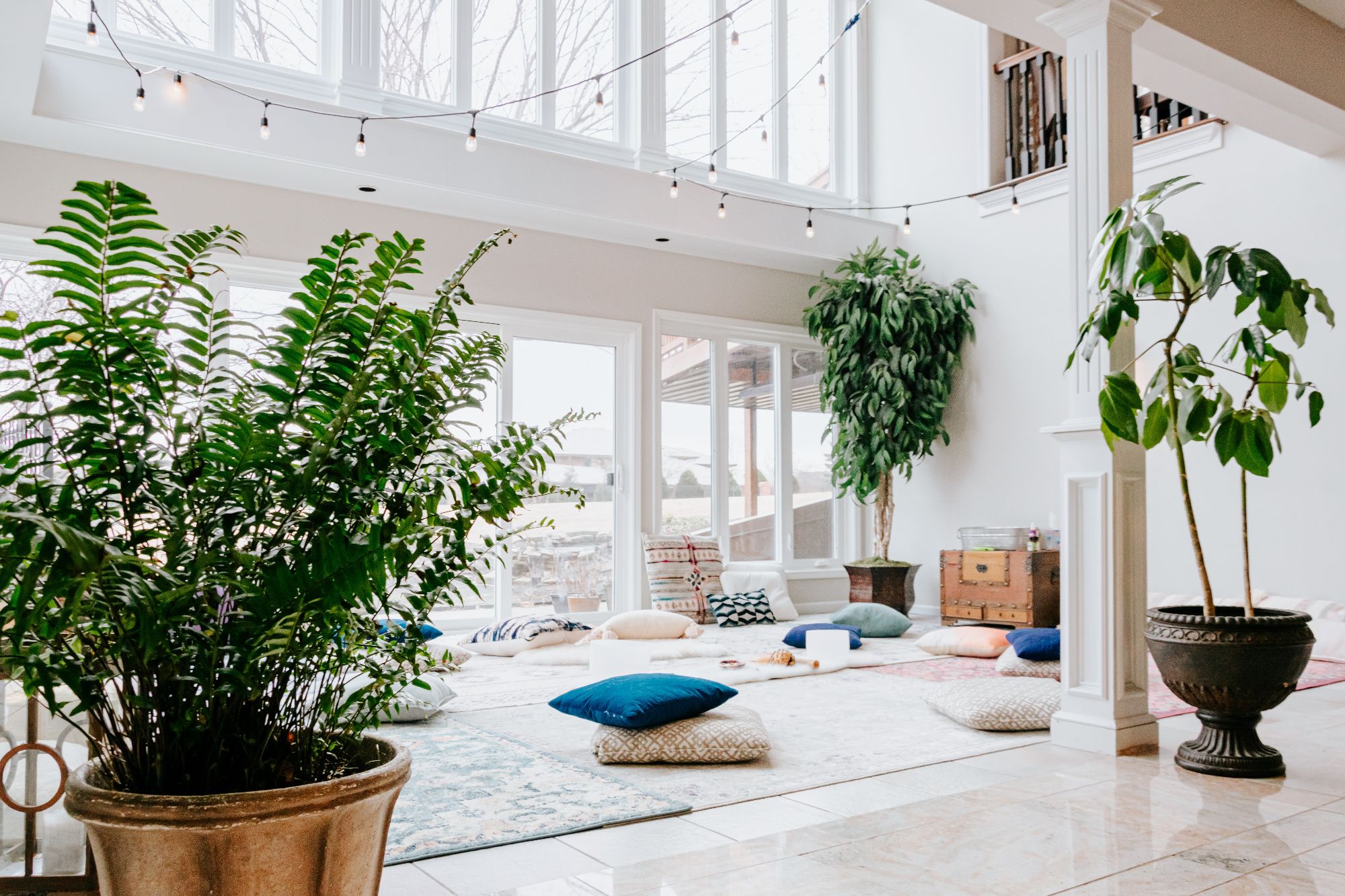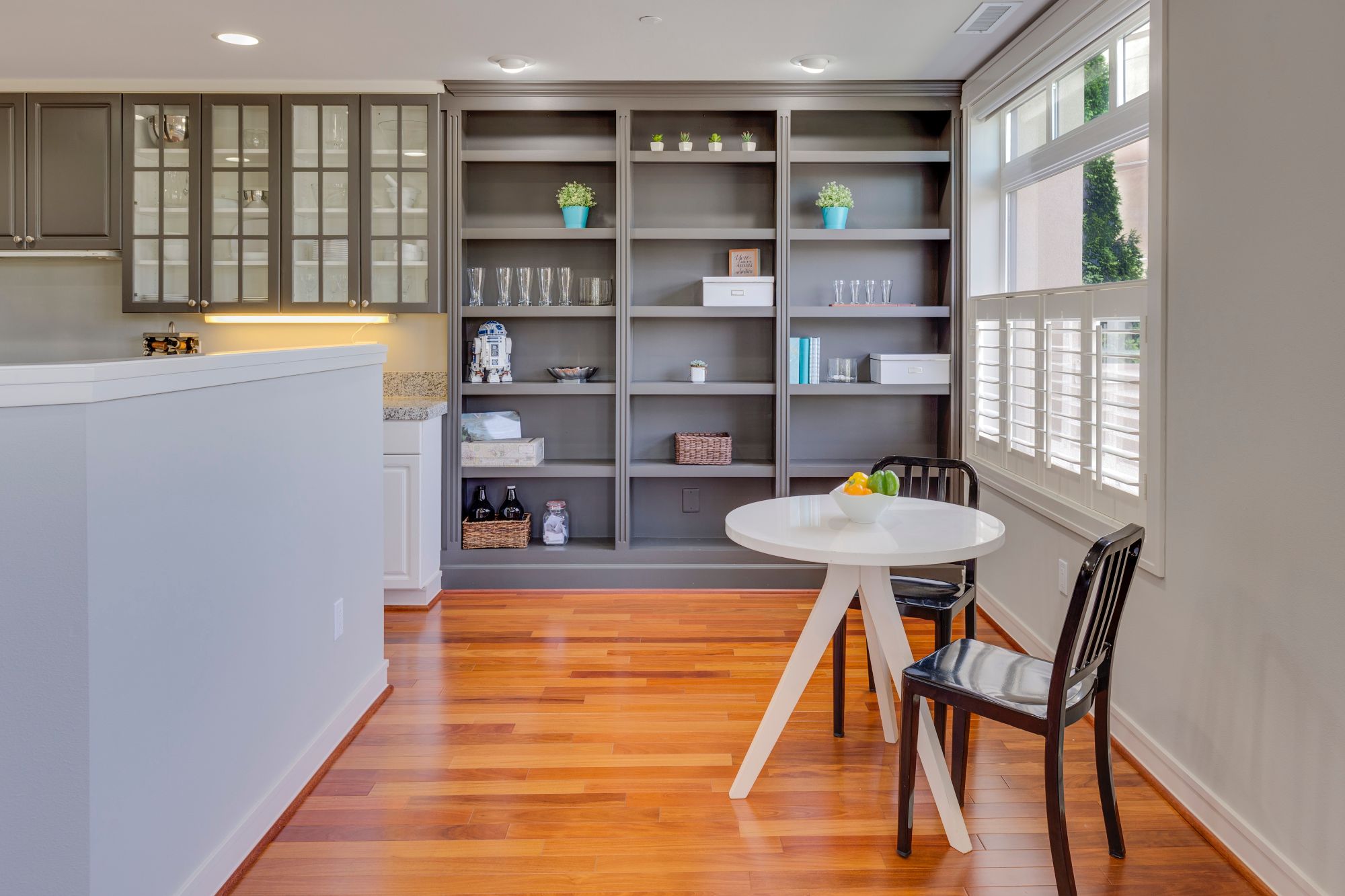Playful Spaces: How to Create the Perfect Space for Your Child’s Bedroom
Your guide to create the perfect playroom for your kids
In many cultures, including the local culture in the UAE, it is the norm for several generations to live together under one roof. Multi-generational living is a cherished tradition and has been practiced for centuries in this region and beyond. Today it continues to be a fundamental aspect of family life in the UAE for many Emirati families, but also for many families from the Middle East, India and other cultures where the family unit shares a home. Large villas and compounds across Dubai house several generations of one family and living together is very much the norm for many, with children leaving the family home to get married, or welcoming a new spouse to the original family home.

Family - via Unsplash
The benefits of such arrangements are numerous. Family members count on each other for emotional support, share responsibilities, and are better able to pass on and preserve traditions. However, living with multiple generations under one roof can also pose its own challenges, particularly when it comes to ensuring harmony. Balancing individual lifestyles and personal preferences is a delicate but not impossible thing to achieve.
Designing a home that adequately accommodates various generations, while also offering up the right style, comfort and functionality, can be a bit of a challenge. One of the first things to consider is to identify distinct zones within the home that serve a specific purpose while respecting personal space and privacy.

Shared spaces
Common areas where family members can gather for shared activities represent the heart of the home and might include areas such as the living room, dining area, and a shared kitchen. Television is often a social activity and a shared television or games room can offer up the chance for shared leisure time.
Retreat and relax
Each family unit should also have its own home within the compound or space within the villa, be it designated living areas, personal kitchen spaces, and of course bedrooms. These areas should provide a sense of personal retreat; their décor and style is one way for the family to personalise their own space within the extended family home.
Smaller homes
In smaller homes or even apartments where grandparents live alongside younger children, multi-functional furniture can be a game-changer. It maximizes the utility of the available area and ensures that each generation can adapt the space to their specific needs. Sofa beds: Sofa beds, storage ottomans, dining tables with extensions and modular furniture all bring an element of flexible living to a smaller home where space is limited.

Home Shelves - via Unsplash
Personal touches
A connection to tradition and heritage is often very highly prized in many cultures, and infusing the home with photographs, heirloom art and other meaningful objects makes a house truly an individual home that celebrates its many generations.
Storage solutions
It goes without saying that a well organised home is essential for multi-generational living. Effective storage solutions are vital to declutter the living space and keep it organized. Built-in Cabinetry such as shelves, cabinets, and closets provide clever storage space, reducing the need for bulky furniture and ensuring a clean, streamlined look. Personal lockers or cupboards will ensure that there are no disagreements about who has moved an item belonging to someone else.
Sounds perfect!
Acoustic privacy is essential to prevent disturbances between generations. The music of one generation may often be considered irritating by another, and most elders appreciate some quiet time away from the sounds of children playing, even their beloved grandchildren. Sound-absorbing materials such as rugs and carpets, and ensuring the right room layouts can support this aspect of shared living. Don’t place nurseries next to grandma’s bedroom! Soundproofing is particularly important if different generations have differing daily schedules.
For better web experience, please use the website in portrait mode